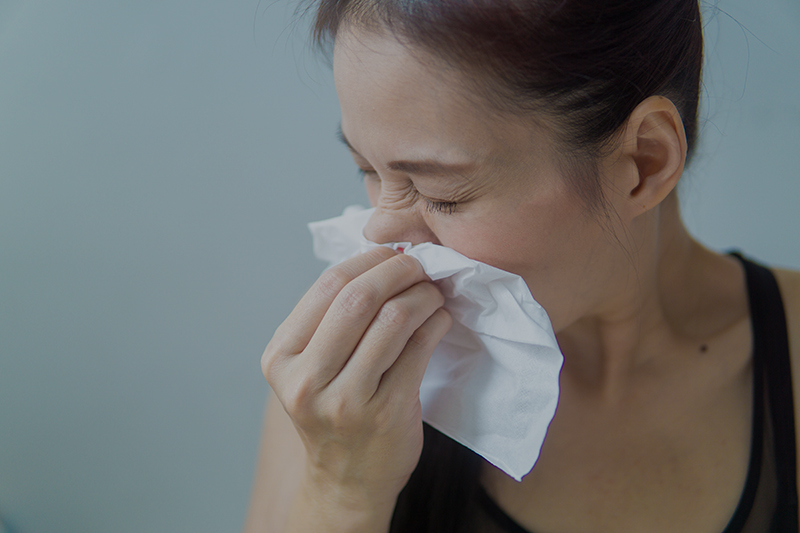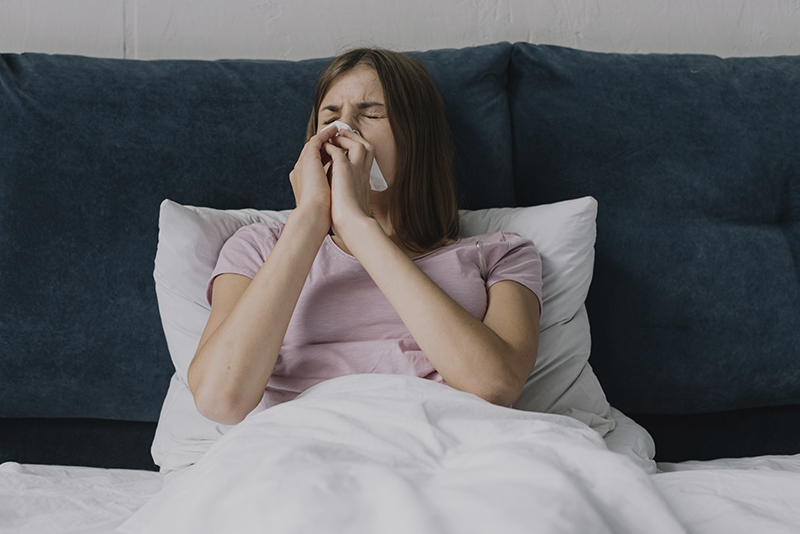
Rawls M, Thiele J, Adams DE, Steacy LM, Ellis AK.
Ann Allergy Asthma Immunol. 2020 Mar 12. pii: S1081-1206(20)30147-2. doi: 10.1016/j.anai.2020.03.003. [Epub ahead of print]
Allergic rhinitis is an immunoglobulin E (IgE) mediated inflammatory disorder of the nose. Its prevalence ranges from 10 to 30% in North America. Grass pollens are common allergens that can provoke allergic rhinitis symptoms, such as sneezing, nasal itching, congestion and postnasal drip. Uncontrolled allergic rhinitis symptoms can have a negative impact on sleep quality, work productivity, driving ability and academic performance. Antihistamines and nasal corticoids are the usual treatments to reduce symptoms severity. This study objective was to evaluate whether Bermuda grass allergens can provoke allergic rhinitis symptoms in sensitized participants and to determine if nasal allergen challenge model is adequate to study this type of allergic rhinitis.
The study included 22 participants sensitized to Bermuda grass and 12 nonallergic participants, who completed a titrated nasal allergen challenge with increasing allergen concentrations at a screening visit. Total nasal symptom score (TNSS) and peak nasal inspiratory flow were registered before allergen exposure and 10 minutes after each concentration.
At titrated nasal allergen challenge, 19 of 22 sensitized participants met the criteria for positive allergic response when challenged. During single-dose nasal allergen challenge, sensitized participants had significantly greater TNSS between 15 min and 3 hours after nasal allergen challenge than nonallergic participants. Likewise, allergic participants had a significantly increased number of nasal lavage eosinophils at both 1 and 6 hours after nasal allergen challenge. Also, Bermuda grass specific IgE was significantly increased in Bermuda grass allergic participants at nasal allergen challenge than at screening visit.
In conclusion, Bermuda grass induces allergic rhinitis symptoms in sensitized participants and the model of nasal allergen challenge is adequate to study this type of allergic rhinitis.














